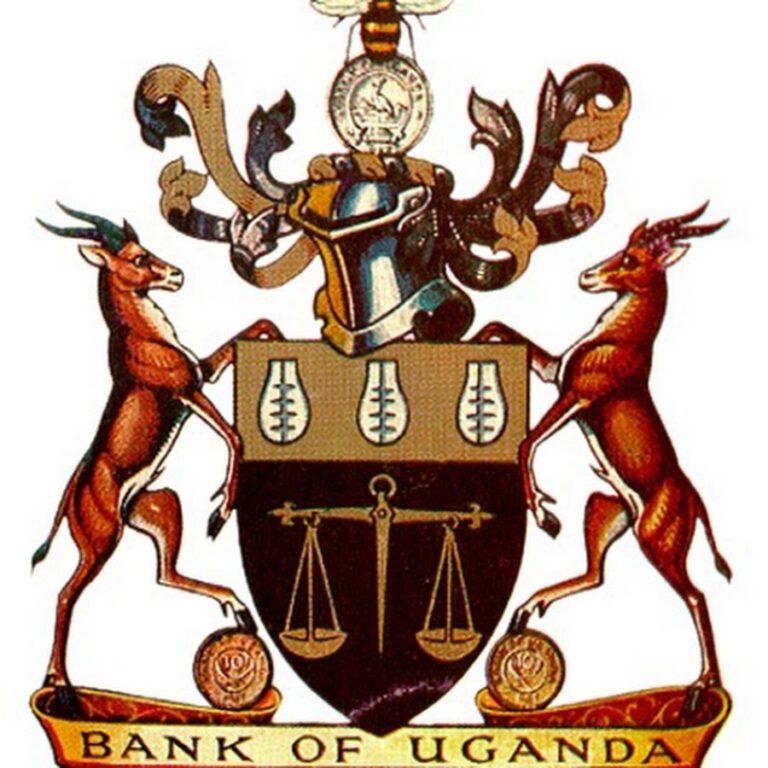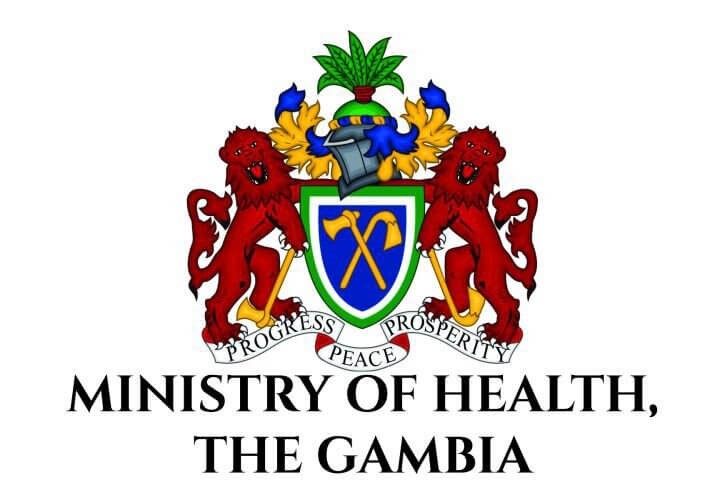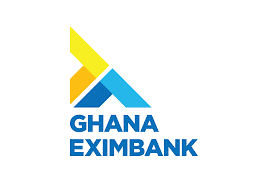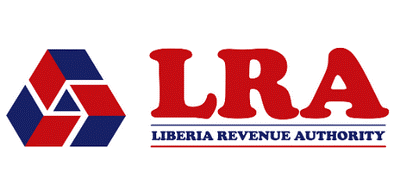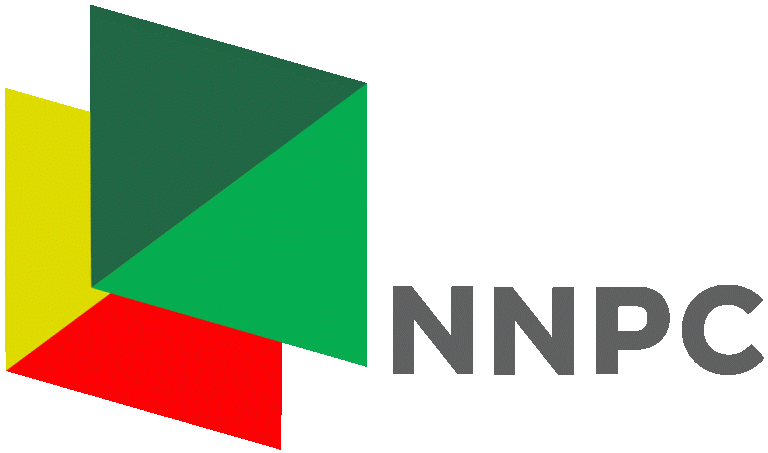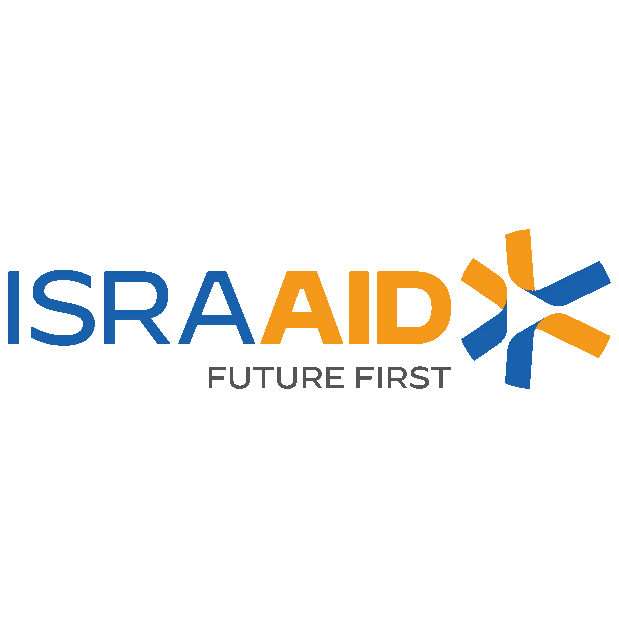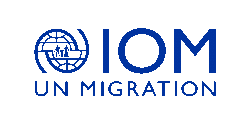Anti-Money Laundering Compliance and Regulatory Requirements Training Course
INTRODUCTION
Money laundering poses a significant threat to the integrity of financial systems worldwide. Criminals attempt to disguise the origins of illegally obtained funds through complex transactions, undermining economies and enabling further illicit activities. To combat this, governments and financial institutions must adhere to robust Anti-Money Laundering (AML) frameworks, ensuring compliance with international regulations and standards.
Anti-Money Laundering Compliance and Regulatory Requirements training course provides participants with a comprehensive understanding of AML compliance and regulatory requirements. The course covers key AML principles, the latest global standards, regulatory frameworks, and the tools needed to develop effective AML compliance programs. Participants will also learn how to identify suspicious activities, enhance customer due diligence (CDD), and mitigate the risks associated with money laundering and terrorism financing.
DURATION
5 days
TARGET AUDIENCE
- Compliance officers and AML professionals in financial institutions
- Regulators and supervisory authorities
- Legal professionals involved in AML regulation and enforcement
- Financial institution employees working in risk management and operations
- Policymakers and government officials dealing with financial crime prevention
COURSE OBJECTIVES
By the end of this course, participants will:
- Understand the fundamentals of Anti-Money Laundering (AML):
- Gain a deep understanding of money laundering schemes and how they operate.
- Learn about the importance of AML in safeguarding the integrity of the financial system.
- Examine international AML standards and regulations:
- Explore the key global AML standards, including those set by the Financial Action Task Force (FATF).
- Understand regional and national AML regulatory frameworks and their implications.
- Develop effective AML compliance programs:
- Learn how to design, implement, and maintain AML compliance programs within financial institutions.
- Understand the importance of risk assessments, internal controls, and employee training in mitigating money laundering risks.
- Enhance customer due diligence (CDD) and know-your-customer (KYC) processes:
- Master CDD and KYC best practices to ensure that financial institutions are properly screening and monitoring clients.
- Understand how to detect and prevent money laundering activities by improving CDD measures.
- Identify suspicious activities and reporting requirements:
- Learn to recognize red flags and suspicious transaction patterns related to money laundering.
- Understand the process for filing Suspicious Activity Reports (SARs) and collaborating with regulatory authorities.
- Explore the role of technology and innovation in AML:
- Understand how financial technology (FinTech), artificial intelligence (AI), and big data are transforming AML efforts.
- Learn how to use advanced tools for transaction monitoring and risk management.
- Examine sanctions, enforcement actions, and penalties:
- Understand the penalties for non-compliance with AML regulations.
- Review case studies of AML enforcement actions and learn from real-world examples.
COURSE CONTENT
Module 1: Introduction to Money Laundering and AML Frameworks
- Definition and stages of money laundering (placement, layering, and integration)
- The global impact of money laundering and terrorism financing
- Overview of key international bodies (FATF, UN, IMF) involved in AML regulation
- The relationship between AML and Countering the Financing of Terrorism (CFT)
Module 2: International AML Standards and Regulatory Frameworks
- Key AML standards: Financial Action Task Force (FATF) recommendations
- Regional and national AML regulatory frameworks: EU AML directives, USA PATRIOT Act, etc.
- Role of international organizations in shaping AML policies
- Compliance requirements for financial institutions and the role of regulators
Module 3: Risk-Based Approach to AML Compliance
- Understanding and applying the risk-based approach in AML programs
- Identifying and assessing money laundering risks across products, services, and clients
- Designing internal controls and policies based on risk assessment outcomes
- Role of the compliance officer and AML governance within institutions
Module 4: Customer Due Diligence (CDD) and Know Your Customer (KYC)
- Principles of KYC and CDD in financial institutions
- Enhanced Due Diligence (EDD) for high-risk clients and politically exposed persons (PEPs)
- Ongoing monitoring and updating of customer information
- Best practices for onboarding clients and maintaining AML/KYC compliance
Module 5: Detecting Suspicious Transactions and Reporting
- Recognizing red flags and suspicious transaction indicators
- Transaction monitoring systems: how they work and best practices
- Filing Suspicious Activity Reports (SARs) and reporting obligations
- Collaboration with financial intelligence units (FIUs) and law enforcement
Module 6: Technology and Innovation in AML Compliance
- Role of FinTech, RegTech, and artificial intelligence (AI) in AML compliance
- Advanced transaction monitoring and analytics tools
- Blockchain and cryptocurrency: challenges and opportunities in AML
- Balancing privacy concerns with data analytics for AML compliance
Module 7: Sanctions, Enforcement, and Penalties
- Overview of economic sanctions and their role in AML compliance
- Understanding sanctions lists (OFAC, UN, EU) and how to monitor them
- Case studies of AML enforcement actions and lessons learned from violations
- Penalties for non-compliance: fines, reputational damage, and operational impacts
Module 8: Developing a Comprehensive AML Compliance Program
- Key components of an AML compliance program: governance, policies, and procedures
- Creating effective AML training programs for employees
- Conducting internal audits and AML program assessments
- Building a culture of compliance within financial institutions
Module 9: AML and Countering the Financing of Terrorism (CFT)
- The connection between money laundering and terrorism financing
- CFT regulatory requirements and compliance obligations
- Identifying terrorist financing red flags and risk indicators
- Case studies of CFT efforts and successes in international cooperation
Module 10: Future Trends and Challenges in AML Compliance
- Evolving money laundering techniques and new typologies
- Cross-border AML challenges and regulatory coordination
- The role of crypto-assets and virtual currencies in money laundering
- Emerging technologies and their potential impact on future AML practices
CERTIFICATION
- Upon successful completion of this training, participants will be issued with Macskills Training and Development Institute Certificate
TRAINING VENUE
- Training will be held at Macskills Training Centre. We also tailor make the training upon request at different locations across the world.
AIRPORT PICK UP AND ACCOMMODATION
- Airport pick up and accommodation is arranged upon request
TERMS OF PAYMENT
- Payment should be made to Macskills Development Institute bank account before the start of the training and receipts sent to info@macskillsdevelopment.com
Anti-money Laundering Compliance And Regulatory Requirements Training Course in Kenya
| Dates | Fees | Location | Action |
|---|---|---|---|
| 13/10/2025 - 24/10/2025 | $3,950 | Kigali |
|
| 13/10/2025 - 24/10/2025 | $3,950 | Kigali |
|
| 20/10/2025 - 31/10/2025 | $2,450 | Nairobi |
|
| 03/11/2025 - 14/11/2025 | $4,950 | Johannesburg |
|
| 10/11/2025 - 21/11/2025 | $2,950 | Mombasa |
|
| 17/11/2025 - 28/11/2025 | $2,450 | Nairobi |
|
| 01/12/2025 - 12/12/2025 | $3,950 | Kigali |
|
| 08/12/2025 - 19/12/2025 | $2,450 | Nairobi |
|
| 05/01/2026 - 09/01/2026 | $4,000 | Johannesburg |
|
| 19/01/2026 - 23/01/2026 | $4,950 | Dubai |
|
| 26/01/2026 - 30/01/2026 | $1,250 | Nairobi |
|
| 02/02/2026 - 06/02/2026 | $4,000 | Pretoria |
|
| 16/02/2026 - 20/02/2026 | $2,900 | Kigali |
|
| 23/02/2026 - 27/02/2026 | $1,250 | Nairobi |
|
| 02/03/2026 - 06/03/2026 | $4,950 | Johannesburg |
|
| 16/03/2026 - 20/03/2026 | $2,900 | Kigali |
|
| 23/03/2026 - 27/03/2026 | $1,250 | Nairobi |
|
| 06/04/2026 - 10/04/2026 | $4,950 | Instanbul |
|
| 13/04/2026 - 17/04/2026 | $4,950 | Dubai |
|
| 20/04/2026 - 24/04/2026 | $1,250 | Nairobi |
|
| 04/05/2026 - 08/05/2026 | $4,950 | Instanbul |
|
| 11/05/2026 - 15/05/2026 | $1,750 | Mombasa |
|
| 25/05/2026 - 29/05/2026 | $1,250 | Nairobi |
|
| 01/06/2026 - 05/06/2026 | $2,900 | Kigali |
|
| 15/06/2026 - 19/06/2026 | $1,750 | Mombasa |
|
| 22/06/2026 - 26/06/2026 | $1,250 | Nairobi |
|

